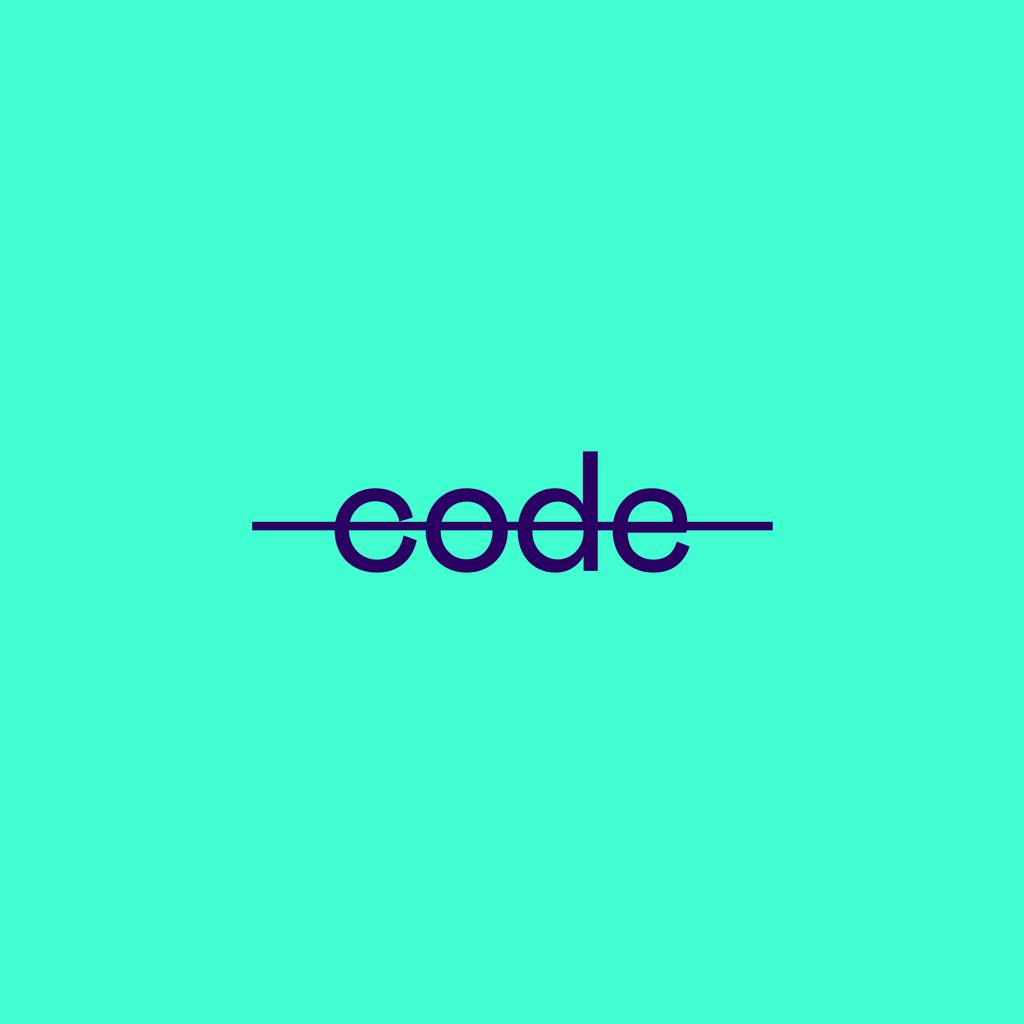No-Code can make (almost) all software dreams come true
That great software idea of yours, made without programmers? It is possible with the No-Code-Movement!
There's just this one thing, though.
Everyone has a good idea. At least one light bulb moment per life, right? Yeah, we think so. Many dream of being able to let their great app-idea or wonderful website-invention magically appear on everyone's phones and tablets. Problem is though, an idea is not enough. You have to build something. To do that, you need a programmer. Someone who understands these relatively new world languages, called “code”.
Few of us speak code. Actually, imagine if 70 of every 100 people did not know how to write? Picture all those world-changing ideas that would never see the light of day. Because only those who “speak” code, are in reality able to run the world,
So, if you are one of those few: congratulations!
–The shortage of developers leads to high costs and long development cycles, and also limits companies ability to innovate and respond to changing market conditions quickly.
You are a very rare animal, sought after by lots of would-be founders, big tech companies – and everyone in between. Programmers and truly developer-capable consultancy agencies are few and far in between, and therefore their checks and salaries are often written with forks. In other words: They cost big bucks.
They can charge 30.000 euros as a start fee, even before writing a single line of code. And seeing any flicker of results could often take 3-6 months. That is why the definite need to use someone else to code to make your software is a bottleneck for any business.
# A new tool in town – drag and drop no-code templates
That is why, in recent years, a new framework is in town: The No-Code Platforms. An intuitive, fast and super easy software program where anyone can drag and drop, point and click and make “coding” into a 100 percent visual task, without coding at all.
– No-code platforms provide pre-built “lego blocks” that make development of anything from a website, a marketplace, a social network or internal tools, easy and accessible, reducing the need for skilled developers, says Robin Wilgott.
Actually, without no-code nor programmers, businesses would possibly have to rely on manual labor in some instances in order to complete routine tasks. Real world tasks not yet digitized would stay that way. Time-consuming and inefficient. Leading to a less productive workforce. Small businesses and startups would therefore definitely lose against larger, more established organizations, before the battle has even started,
In short: No-Code democratizes software development! By allowing people with little to no coding experience to access and create software solutions of any kind. It could benefit everyone in the end, as most of us will not have to be digital illiterates anymore.
# The one thing No-Code can not help with
That being said, the level of technical expertise required to use no-code platforms can vary. No-code platforms are designed to be user-friendly, but they still require some basic understanding of software development principles, such as data modeling, logic and workflows.
Also: There is this one thing most no-code-platforms would not be able to help you with: The real and true identification of whoever is going to be using your software.
– Regardless of the app, website or online platform you may have dreamed about, many official regulations all over the world require that you make sure you know your client, says Wilgott.
– And the content of these features are not as easy as “drag and drop”?
– Not at all. The task of digitally digging into official registries and making 100 percent sure one person is who they say they are, is a time consuming and complex task, says Wilgott.
This heavily technical investigation requires multiple actions. Like collecting several sources, documents, signatures, and all kinds of data. On top of it all, these different actions are often different in every single country.
– And then, In the end, all information needs to be combined into one solution. But even though you have programmers, most companies should not go ahead and do this themselves, they should concentrate on the solution they make, says Wilgott.
# No-code onboarding of your clients.
Most no-code-platforms do not help you build the flows you need when it comes to the steps and tasks of signing or identification. So Signicat as a company would – just like the No-Code-movement in general – also like to help your software dream come true – quickly and less cost cringing. That is why Signicat are launching their own No Code-Platform called Signicat Mint, where these necessary, yet ever so difficult segments and components can be chosen by you, then Signicat would do the rest.
– In the context of building a flow when it comes to onboarding, as in all the steps of registering to become a customer, and then identifying them, the coding gets really complex. You definitely need to complete full identity checks, and on top of that, all companies who are handling financial information should also check registers, PEP, sanctions and other anti-money laundering checks. All of which are operated in their own special way for each country, says Robin.
– So how will Signicat Mint help this process?
– Out of all the abovementioned services you just drag and drop those you need. Then we will create an onboarding flow you can implement directly into your existing service or app.
– How?
– The access is given to the end-user via a link sent in an email, as a button on your website or can be triggered through an API, he says.
If your company expands internationally to countries where the requirements are different, you yourself don’t need to deal with this.
– With us you can just add the onboard access, via Signicat Mint, and digital onboarding is done, without code!

